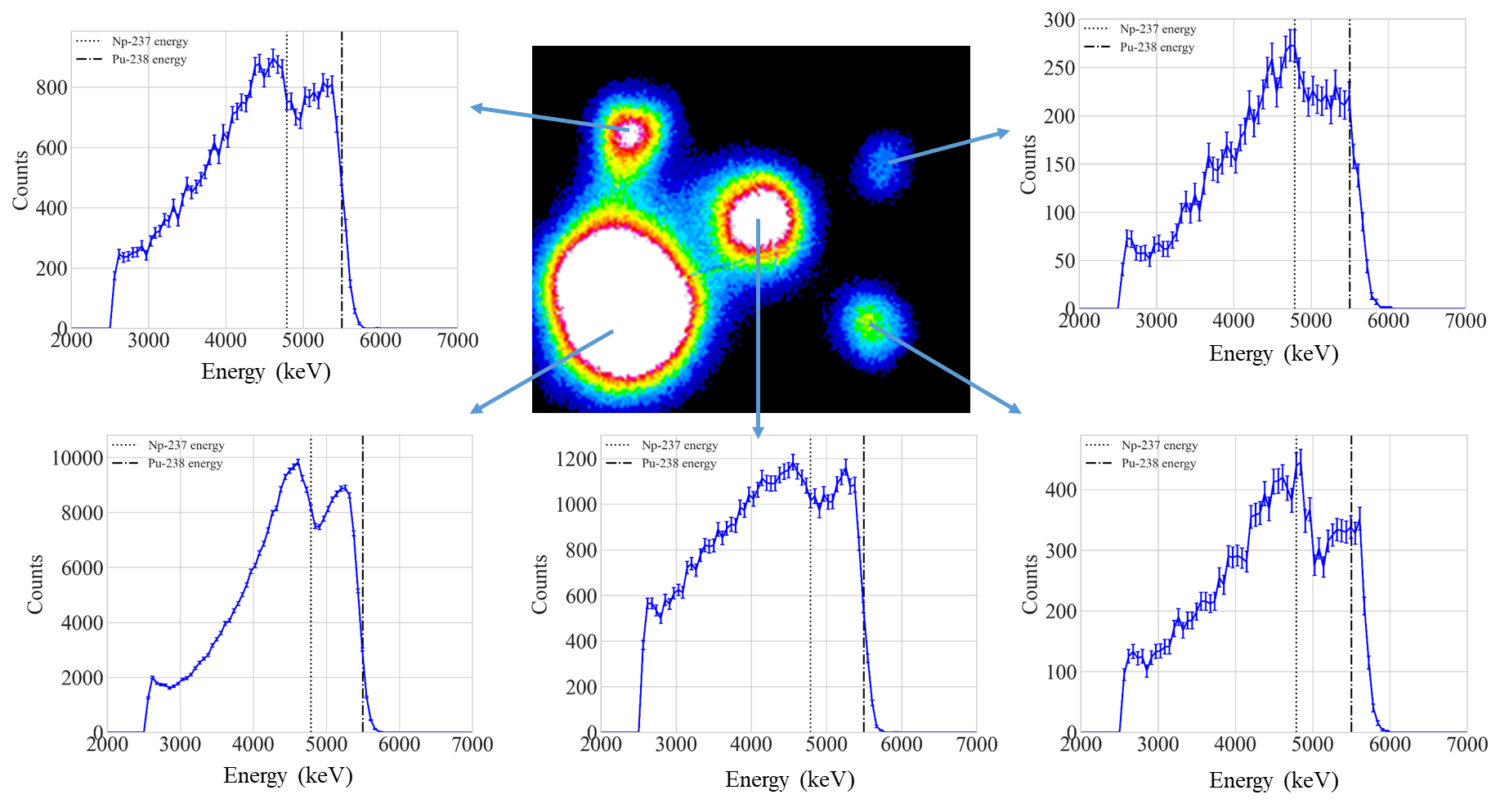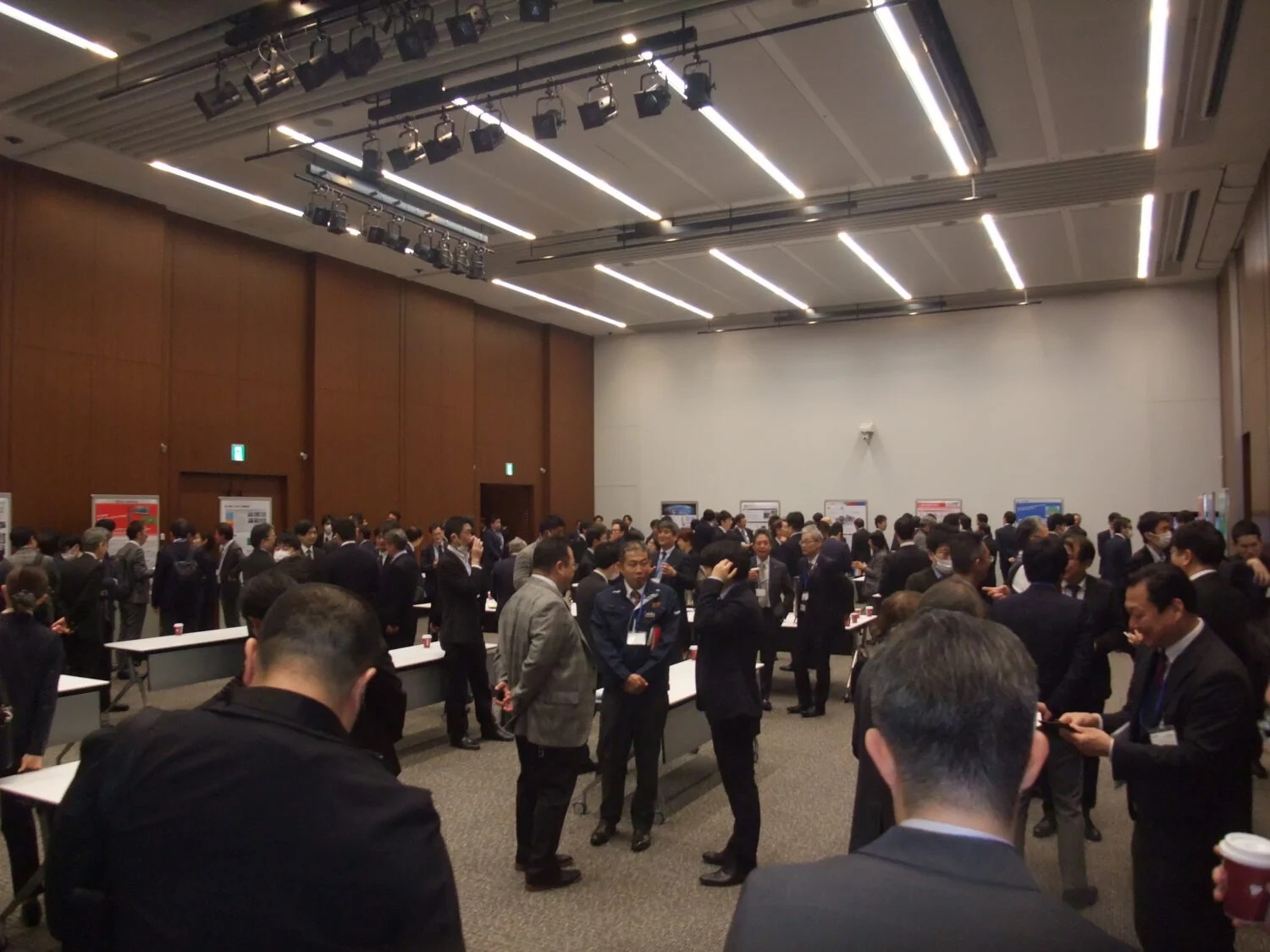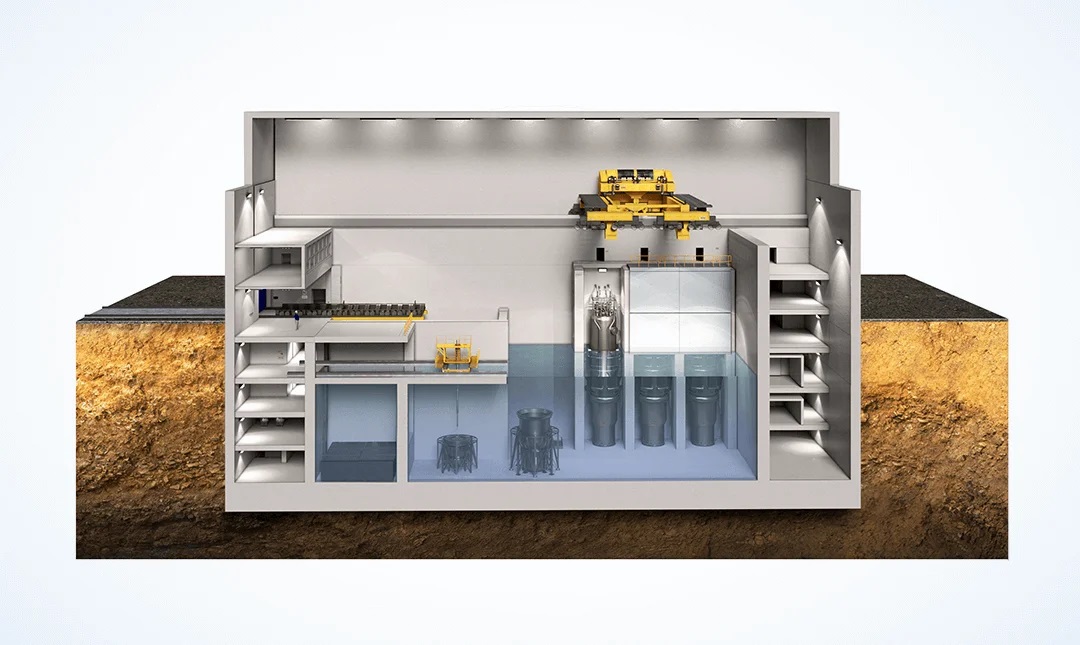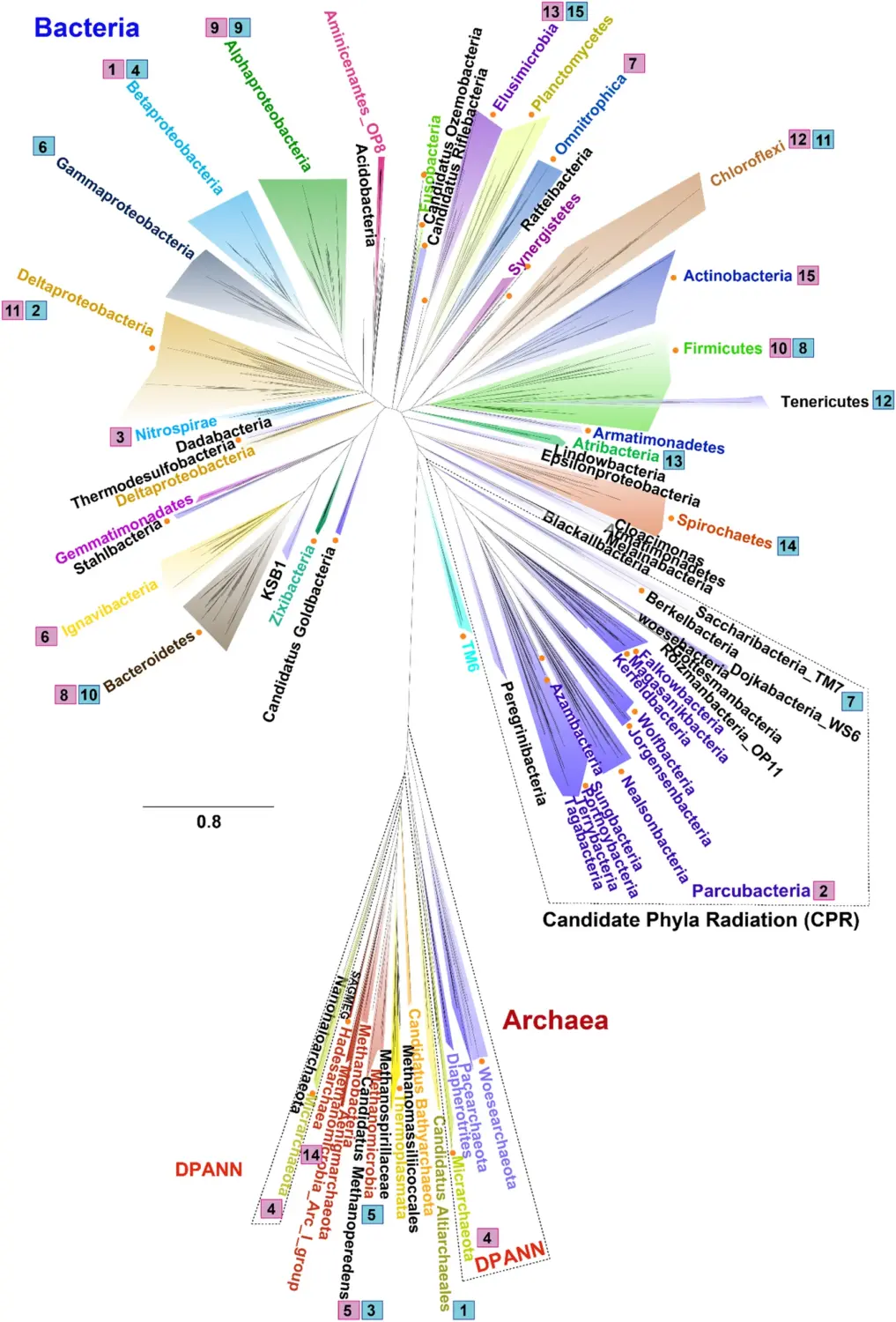The moderator of the session was Ms. Tomoko Murakami, manager of the Nuclear Energy Group, Strategy Research Unit, Institute of Energy Economics, Japan. She referred to the fact that globally, despite the March 2011 accident at Fukushima Daiichi Nuclear Power Plants of the Tokyo Electric Power Co. (TEPCO), many countries continue to operate NPPs on the understanding that “nuclear power is necessary,” either proceeding with their nuclear development plans or considering the introduction of nuclear power.
However, given that projects to construct new NPPs do not all necessarily go well, she said that she herself—involved as she is in the nuclear business—was interested in the factors that result in success. In Session 2, then, representatives from each of the nuclear vendors present were asked to discuss why their companies had entered the international nuclear field, their strategy and activities, and the prospects seen for the global nuclear market. The session moderator urged them not merely to describe their projects, but to explain their feasibility and how the global business would develop.
First, Senior Vice President and General Manager Masahito Yoshimura of the Global Business Development and Management Division, Hitachi-GE Nuclear Energy, Ltd. (HGNE), talked about his company’s construction of a new NPS now underway in England. He explained why a domestic (i.e., Japanese) vendor was engaged in an overseas project and why it was in England.
The primary mission of Japanese vendors, he said, was to restore Fukushima and ensure the safety of domestic NPPs. In that process, major long-term issues across the industry include how to maintain the current level of nuclear technology, secure the needed human resources and sustain a stable supply chain. To maintain the technology and human resources while remaining profitable as a business, he added, his company had determined that it must be also engaged in overseas projects.
In the competition for the construction of NPPs outside of Japan, the involvement of vendors changed substantially with a project in the United Arab Emirates (UAE) in 2009. Before that, vendors could deliver power generating units to any operator with experience in the relevant country. Since the bidding in the UAE, though, they have been required to have a long-term partner for nuclear development in a target country, including providing infrastructure and systems to develop human resources necessary for the country to engage in nuclear power generation.
One key to the success of a certain effort is an environment for development of “bankable” projects. Conditions for that include: (a) a policy commitment by a certain country to nuclear power in the future; (b) a clear possibility that electricity market mechanisms are offered through which the nuclear investment can be recovered; and (c) the existence of a demonstrated technology, a clear licensing process, and project systems capable of the necessary procurement and construction management. Only if these factors are present can a project be deemed feasible.

Today, NPPs in England can provide about ten percent of total generated electricity in the country. But those plants are destined to be shut down one by one due to aging deterioration. Toward achieving its goal of eliminating CO2 emissions while securing its energy supply, the British government has a clear intention to expand the use of renewable energy and competitive low-carbon power sources, including nuclear energy. Using Contracts for Difference (CFD), a system of trading electricity at fixed prices, the selling price of electricity can be maintained for a certain period.
As the operator-to-be of NPPs in Britain, HGNE is now working to build the necessary supporting system in cooperation with the Japan Atomic Power Company (JAPC) and Exelon Nuclear Partners of the United States. A joint venture company was also established between Hitachi/JGC Corporation and the Bechtel Corporation for an engineering, procurement and construction (EPC) contract.
The British project is being handled through Horizon Nuclear Power, which Hitachi Ltd. purchased from a German electric power company in 2012. To build two advanced boiling water reactors (ABWRs) at the Wyfa site, one of two sites it owns, procedures were undertaken to obtain prior design certification (DC)—a generic design assessment (GDA)—from the British nuclear authority. Approval was granted in December 2017.
The project, however, has only just begun. Many steps must be taken before a final investment decision (FID) is made and the go-ahead for the project is given, such as obtaining permits and licenses and carrying out negotiations. It is also necessary to generate confidence that the project will proceed according to a work schedule and within budget, and measures to that end are now being carried out.
In any event, there will be no future for nuclear projects overseas unless someone produces a successful example. Hitachi believes that successfully completing the British project “according to schedule and within budget,” and repeating that, will bolster other moves to construct NPPs around the world. Additionally, feedback from Hitachi’s experience will benefit future Japanese nuclear projects in other countries, it feels, helping to sustain the foundation of nuclear technology and human resources. In that way, Hitachi is seeking to maintain the basic elements necessary to realize its mission of supporting nuclear safety in Japan.

Next, Senior Vice President Masato Iida of Mitsubishi Heavy Industries, Ltd. (MHI), who also serves as general manager of the company’s Turkey Sinop Project Department, Power Systems, spoke about his firm’s nuclear business and international development activities, focusing on the PWR design ATMEA 1, developed through the Turkey Sinop project in strategic cooperation with France.
As a diversified nuclear manufacturer, MHI has over half a century of accumulated results and an uninterrupted history of technological innovation. It is a respected exporter of components for international projects, having supplied four nuclear vessels, twenty-two reactor vessel closure heads and thirty-one steam generators to such countries as the United States, France, Belgium and China. In 2007, it established a joint venture—the ATMEA Company—with AREVA (now Framatome), and developed the latest Generation III+ design, integrating the PWR experience of both companies. The two firms eye a leap in their global business through the introduction of the design in countries around the world.
ATMEA 1 is characterized by state-of-the art safety design, reflecting the technology demonstrated by MHI and Framatome and their experience. Cooling systems and emergency power source equipment are diverse and redundant, and a core catcher has been installed in the event of a meltdown. The International Atomic Energy Agency (IAEA), the Canadian Nuclear Safety Commission (CNSC) and the French regulatory authority all examined the design, certifying that it fully meets international safety requirements for Generation III, with measures included for events beyond design expectations, including severe accidents.
Regarding the project to construct four reactors of the Sinop design on the Black Sea, Japan won preferential negotiating rights in 2013 based on a development cooperation agreement signed by the Japanese and Turkish governments and, in the same year, an international consortium led by MHI and the Turkish government agreed generally on the terms of a commercial contract for the project. The agreement was ratified by the Turkish parliament in 2015, and a feasibility study (FS) is now underway.
A top French-Japanese team will proceed to an EPC agreement for the project. It aims to minimize risks by taking a step-by-step approach based on the lessons learned from other types of reactors. The team’s current priority actions are to conduct workshops with the Turkish Atomic Energy Authority (TAEK) on a regular basis regarding permissions and licensing, and to double-check the applications and examinations. In the area of design and engineering, they are building 3D CAD models reflecting conditions peculiar to Sinop construction requirements.
The procurement of mechanical equipment and materials will be carried out by French partners with good track records and European supply chains. In terms of localization requirements, Turkish vendors will be used after ascertaining their manufacturing capabilities and quality control. Given that Turkey is newly introducing nuclear power, construction will be carried out according to a basic three-step construction program. To further assure the construction, the team will ask the Turkish party to understand five documents, including design and working drawings, and to affirmatively utilize IT technology. Recognizing that nuclear safety culture is the basis for all activities, fermentation and permeation of a safety culture will be promoted throughout the entire supply chain, including Turkish companies.

Next to speak in Session 2 was Vice President Nikita Mazein of Rusatom Overseas, a subsidiary of the Rosatom State Corporation that is responsible for promotion of international nuclear activities and marketing. He talked about Rosatom’s NPP construction projects around the world, taking up such subjects as portfolio and supply chain management, and participation of local industries in countries where the projects are being carried out.
Rosatom has nuclear generating installations in Russia totaling 30,000MW of capacity, supplying about nineteen percent of the country’s total generated electricity. Its backlog of orders for international NPP construction projects is the largest in the world. Sixty of the Russian PWRs (VVERs) built by the company throughout the world are still operating, and of those, thirty-nine are currently planned or under construction.
Instrumental to that impressive performance is Rosatom’s “integrated offer” for NPP construction projects, the scope of which ranges from the development of nuclear infrastructure necessary for the construction of NPPs, to back-end measures. It covers operation and maintenance, fuel supply, PA activities, human resource development, and the participation of local industries. In that way, it can support the entire national nuclear program of the customer’s country, from the issuance of a precise program strategy to decommissioning.
The nuclear reactor design that the company is actively promoting features the latest Generation III+ technology, with an output at the level of 1,200MW. It features both active and passive safety systems, and is also compatible with safety requirements in the wake of the Fukushima Daiichi accident, with a design lifetime of sixty years. In February 2017, the first such reactor—the Novovoronezh II-1 NPP—began commercial operation. A unit of the same design has also been added at the Leningrad NPS. In other countries, reactors of the same type are under construction in Bangladesh and Belarus, and construction programs have been issued in Hungary, Finland and Egypt.
In each of those countries, local industries are encouraged to participate in the projects, with the principles for doing so having been established. For example, local suppliers must meet requirements in terms of human resources and manufacturing capability so that the safety and quality of the NPP are ensured and so that the project can be completed as scheduled.
Rosatom takes a step-by-step approach to participation by local suppliers. First comes the local hiring of workers and procurement of building materials for site infrastructure, followed by local responsibility for civil engineering work. Next are parts and components of lower importance, balance-of-plant (BOP) engineering services, and finally heavy special equipment and facilities manufactured locally.
There are patterns to the development of those cooperative relationships. As a first step, subcontracts are concluded. Then, cooperative efforts are carried out involving technology transfers and investments in equipment and facilities. Finally, a joint venture involving the sharing of risks might be established. Projects to construct the Kudankulam NPS in India and the Tianwan NPS in China were cited as successful examples of participation by local industries. The integrated offers that Rosatom makes for the construction of NPPs reflects a comprehensive approach to the execution of projects. Support is available throughout the term of a project.

Next to speak was Deputy Chief Engineer Jun Li of the Hualong Pressurized Water Reactor Technology Corporation, Ltd., who talked about the Generation III PWR called the HPR1000, a Chinese proprietary design developed primarily for export. Looking back on the history of nuclear power development in China and its use over the past three decades, he explained the developmental road map, design characteristics, engineering progress and potential market.
While making use of the Russian PWR (VVER), the French European Pressure Reactor (EPR) and Westinghouse Electric Company’s AP1000, the China National Nuclear Corp. (CNNC) also developed its own CNP300 and CNP600. Those were then scaled up to the 1,000-MW class CNP1000. The China General Nuclear Power Group similarly developed the CPR1000 using its own technology. Further research and development led to the CP1000 and ACPR1000. Their Generation III designs—ACP1000 and ACPR1000+–were then integrated into the HPR1000.
The HPR1000 is an advanced PWR developed in accordance with international safety requirements of the IAEA, European Utility Requirements (EUR), and others issued after the Fukushima Daiichi accident. Safety, reliability and economic efficiency were improved using feedback from other PWRs in operation or under construction around the world. Output is 1,200 MW. Design lifetime is 60 years. Advanced active and passive safety systems are incorporated.
In China, construction is now underway of four demonstration reactors using the HPR1000: CNNC’s Fuqing-5 and -6 NPPs and CGN’s Fangchenggang-3 and -4 NPPs. A reactor pressure vessel (RPV) was installed at the Fuqing-5 NPP this past February, and operation of the unit is expected to start at the beginning of 2020. At Fangchenggang-3, similarly, work to install the RPV was completed in December 2017, with the start of operation expected in 2021. Projects have emerged at four sites for another eight NPPs using the HPR1000.
Externally, to promote sales of the HPR1000 in the global nuclear market, CNC and CGN established a 50-50 joint venture—China General Nuclear Power Corporation (CGN)—at the end of December 2015, with registered capital of 500 million yuan (about JPY9 billion). In Pakistan, construction was launched of the Karachi-2 and -3 NPPs (K2 and K3) in 2015 and 2016, respectively, using the HPR1000. Installation has already begun of the reactor systems at K2. It was subsequently decided to employ the design at the Chashma-5 NPP (C5), and CNNC concluded a project contract with the Pakistan Atomic Energy Commission (PAEC) in January 2017 on the construction of C5.
In England, it was decided that CGN would provide an HPR1000 design for the Bradwell B NPS, which EDF Energy plans to construct. In January 2017, the British regulatory authority began a generic design assessment (GDA) for the British-specification HPR1000, known as the “UK–HPR1000.” In November 2017, the first step of the assessment was completed, with the second step begun. A fifth HPR1000 reactor will be the first PWR in Argentina. In May 2017, CNNC formally concluded a full turnkey contract with Nucleoelectria Argentina S.A. (NASA).

Next to speak was General Manager Harry Chang of the Global Nuclear Business Department, Korea Hydro & Nuclear Power Co., Ltd. (KHNP), who looked back on the nuclear history of South Korea and explained the state of development of new types of reactors in recent years. Citing an order received from the United Arab Emirates (UAE) in 2009, he talked about KHNP’s pursuit of nuclear business in the global market.
Less than seven decades ago, South Korea used to be one of the poorest countries in the world, he said. The Korean War in the early 1950’s had devastated the nation. But the South Korean people had will and perseverance, and a common goal. Today the skyscrapers along the Han River (Han Gang) are a tourist destination in a place once packed only with the extreme poor.
The development of the South Korean nuclear industry has followed a similar arc. In the 1970’s, construction began of the first NPP in the country using foreign nuclear technology under a turnkey contract. In the 1980’s, localization and joint participation began. In the 1990’s, the domestically-developed “OPR1000” became the country’s standard design. As the localization rate increased, South Korea developed its APR1400 in the 2000’s with improved safety and economy. With that design, it was able to level the competitive field with international industries and succeeded in receiving an order for the Barakah NPS in the UAE.
The EU-APR, a European version of the APR1400, obtained certification from the European Utility Requirements (EUR) organization in November 2017. The U.S. version, US-APR, is being examined for design certification (DC) by the U.S. Nuclear Regulatory Commission (US-NRC). The six-phase examination process has already been completed through the fourth phase, and has now moved into the fifth. DC is expected in May 2019.
Success in winning the Barakah project resulted not only from the efforts of the South Korean nuclear industry, but also the strong support of the country’s government. At the site 390 kilometers from Dubai, as of February, Unit 1 was 98 percent complete, while the completion rate of all four units stood at 88 percent. South Korean President Moon Jae-in attended a ceremony several weeks ago to celebrate the completion of Unit 1, together with H. H. Sheikh Mohamed bin Zayed Al Nahyan, Crown Prince of Abu Dhabi. Given differences in culture and religion, sandstorms and high temperatures, construction work in the UAE was a difficult challenge. But it is important today for nuclear projects in other countries for the parties to be trustworthy partners. Referring to the cooperative relationship between the two countries, the Crown Prince called it a “Catholic marriage: no divorce is allowed.”
KHNP was spun off from the Korean Electric Power Corporation (KEPCO) in 2001 as the country’s only nuclear power company. In 2017, its twenty-four domestic reactors supplied about thirty percent of total generated electricity, and its installed nuclear capacity ranked third in the world. The company has been a driving force in the country’s policy to promote international business activities in the nuclear sphere, and its export strategies are designed to make it a leader in the global nuclear market.
Technologically, KHNP continues to develop and promote its latest designs, matched to the regulatory requirements of the customer country, with outputs of 1,000MW and 1,400MW available. Units can also provide district heating, desalinization and load-following operations, all according to the needs of the customer. An important concept at KHNP is customization: offering the solution to the specific problem or need. Cooperation is another overarching principle, be it between countries or between companies. In current business times, cases where the key to success was the willingness to truly cooperate are too numerous to count. In the global nuclear world, he said, success is not based on contracts or cooperation agreements, but on mutual trust, that is, on promises made to people—promises fulfilled.


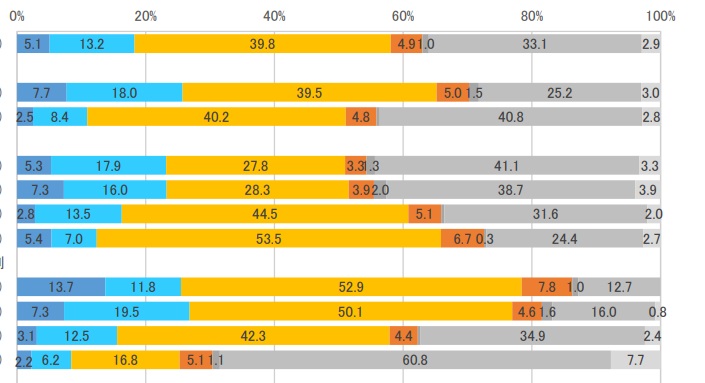

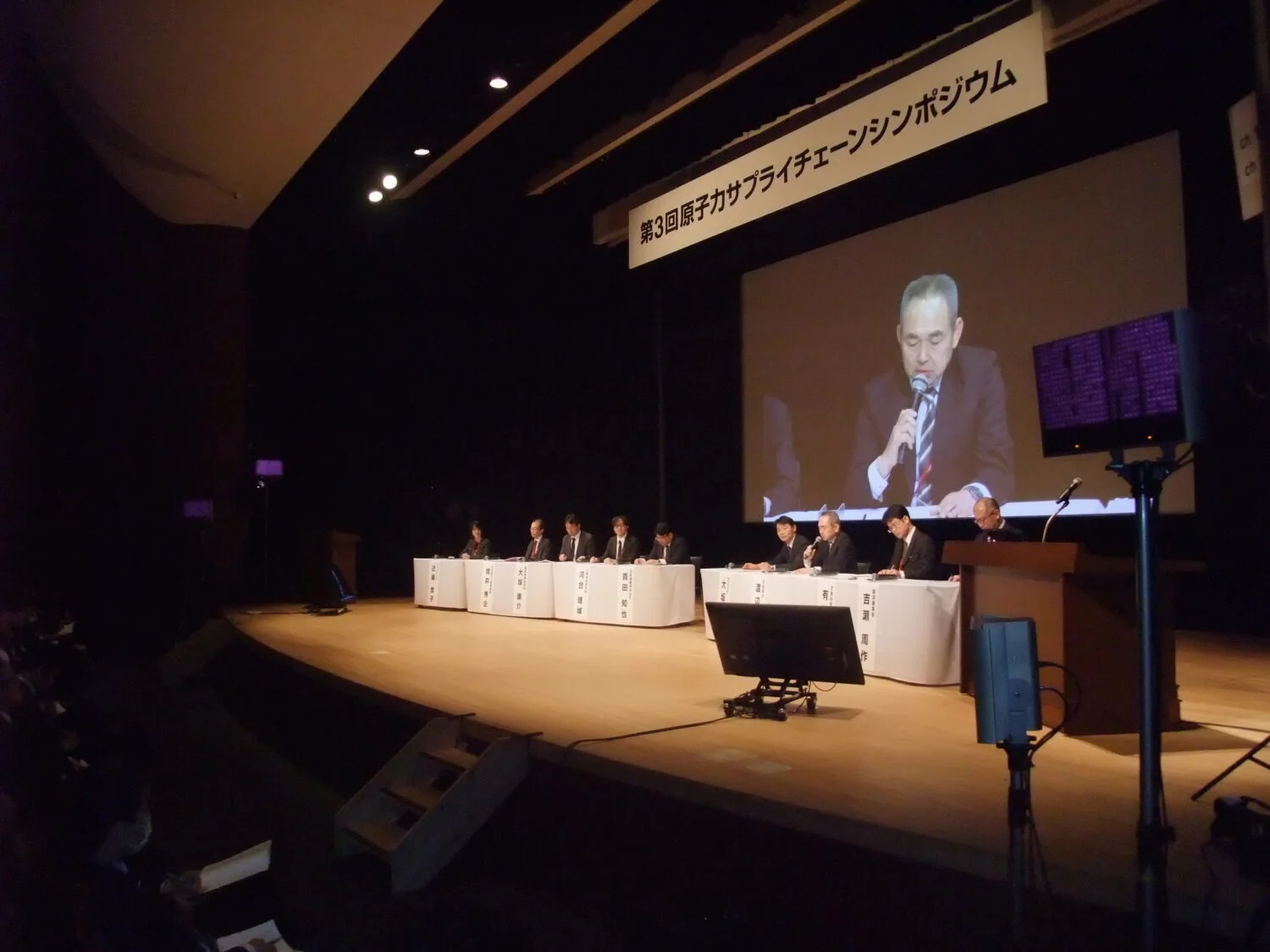
-1.png)

